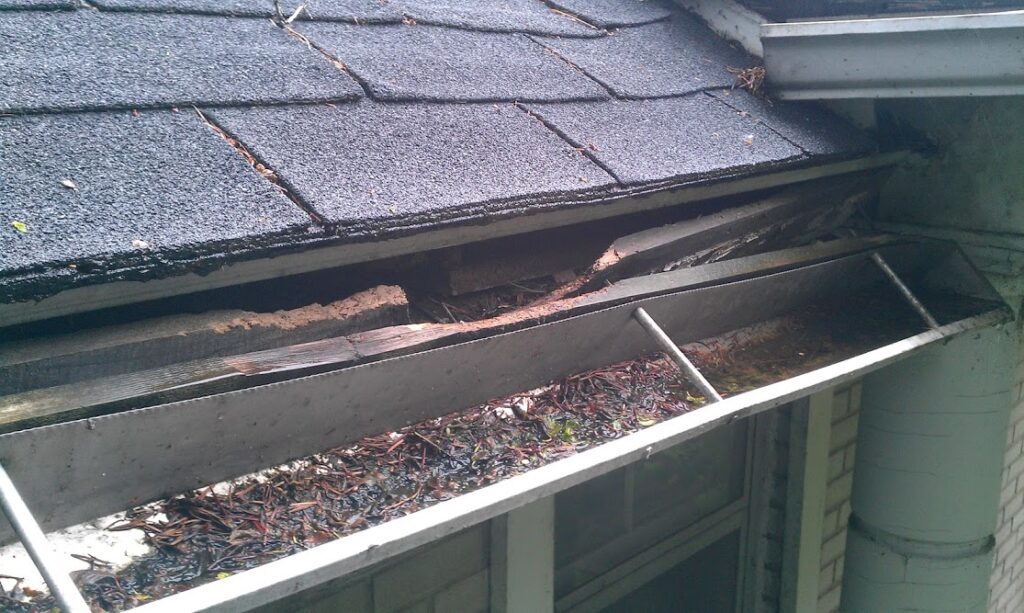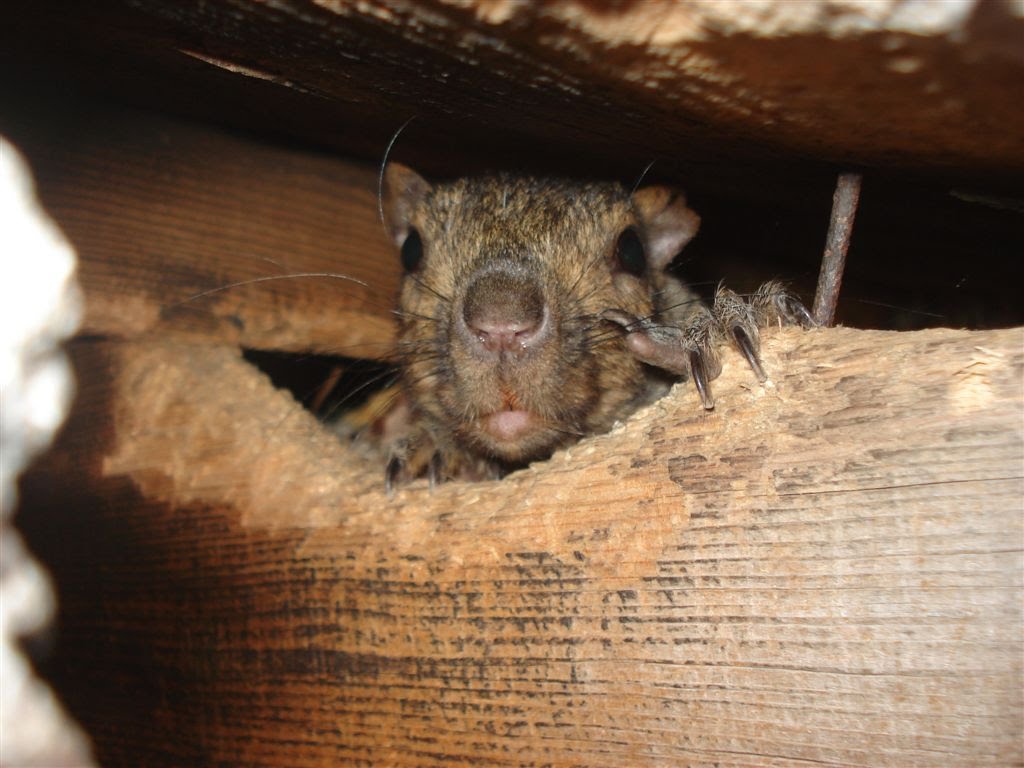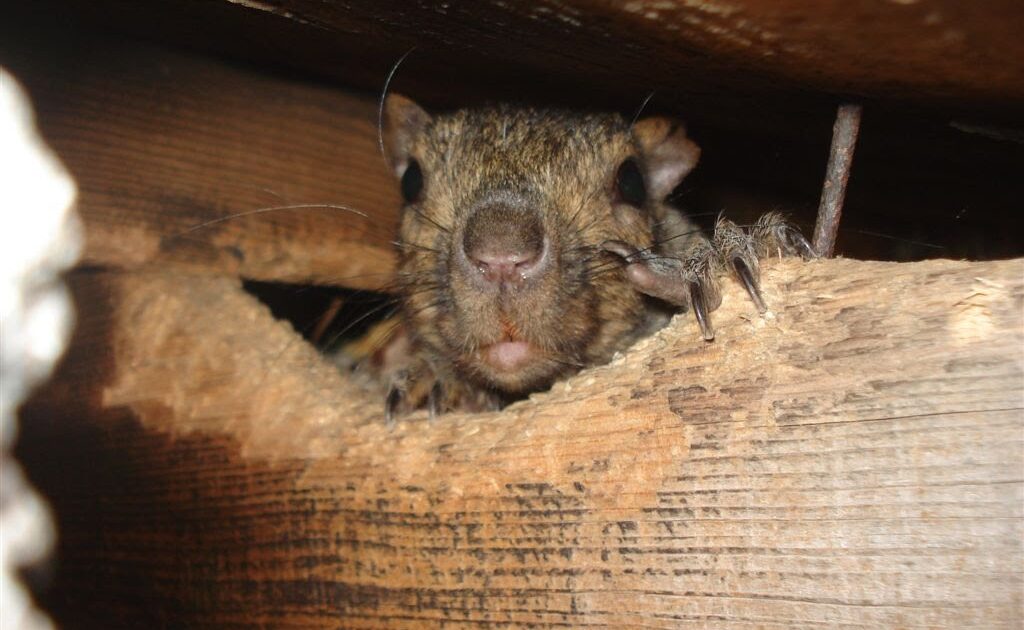Squirrels are commonly found in Richmond backyards and parks all year long. Homeowners may see these cute critters running up and down trees or looking for food. Squirrels have fascinating nesting habits that help them stay warm and sheltered throughout the fall and winter. Sometimes squirrels may choose to nest in human areas, such as an attic or roof. Here, learn where squirrels nest from Skedaddle Humane Wildlife Control and get information about squirrel removal Richmond professionals.
Squirrel Nesting Habits
There are two types of squirrels that nest, tree squirrels and ground squirrels. Ground squirrels build their nests in the ground and don’t typically invade human residences. Tree squirrels are the most prolific in this region, building their nests in trees or other elevated spots, such as inside of an attic.
Where do squirrels nest? Tree squirrels build nests from leaves and sticks or claim an abandoned tree cavity den as their home. They use their nest to take shelter from the elements and to store their food. Squirrels may also build second or third nests that are closer to food locations or more convenient to their route. In most cases, squirrels nest by themselves. Mothers nest with their babies, and sometimes when the weather is frigidly cold, a pair of squirrels may share one nest for warmth.
Nest Locations
In the wild, squirrels typically choose trees to build their nests. If a squirrel can’t find a suitable den in a tree cavity, it will build a nest high up in the tree branches. They start their nest construction process by gathering twigs and sticks and putting them together along a good spot. Then, they use wet leaves as a liner to make the nest more solid and cozy. They add more twigs, moss and other materials to keep the nest structure secure and stable.
Where do squirrels live in the winter? Squirrels do not hibernate – usually, they are busy building their nests as the weather gets chillier in the fall. They aim to have a warm, secure nest for winter since they don’t hibernate. They may choose the same nest each year if it’s still a suitable spot. Some people may mistake a squirrel’s nest for a bird’s nest. They are made from similar materials, but a squirrel’s nest may be larger than a standard bird’s nest.

Squirrels and Your Home
The fall and winter season is also a popular time for squirrels to seek shelter in homes. If you have a cedar or tile roof, squirrels can easily chew through the soft wood to get inside your home’s attic and build a nest inside. Squirrels can also get in through the area above the gutters on the fascia boards and in the corners on top where the roof intersects with soffits.
Once inside your home, squirrels can cause significant damage. They may chew through your home’s insulation, wooden beams and electrical wires. The damage they cause to electrical wires could lead to a fire hazard. Unfortunately, homeowners insurance doesn’t always cover the cost of squirrel damage, so it’s essential for property owners to be vigilant if they suspect there is a squirrel inside their home.
Squirrel Removal Richmond Experts
To keep your property safe from squirrels, it’s best to focus on prevention. Skedaddle Humane Wildlife Control can guide you with specific strategies that keep squirrels away. If there already is a squirrel infestation, we can provide safe, humane removal and decontamination of your home. Then, we focus on preventing them from returning by sealing entry points and conducting regular inspections of your property.
Solving a squirrel infestation problem yourself is never recommended. Let the experts take care of your squirrel struggles. Skedaddle Humane Wildlife Control uses safe removal strategies to prevent squirrel damage to your home.




